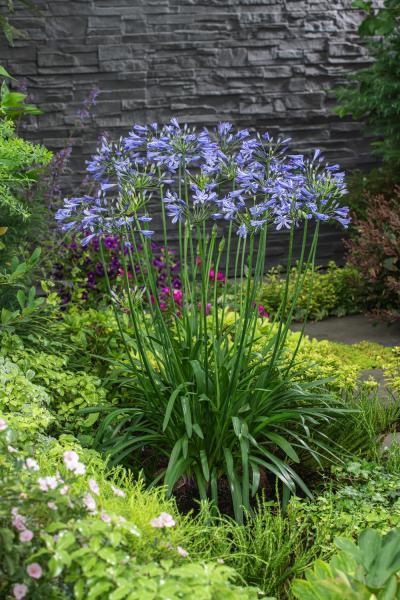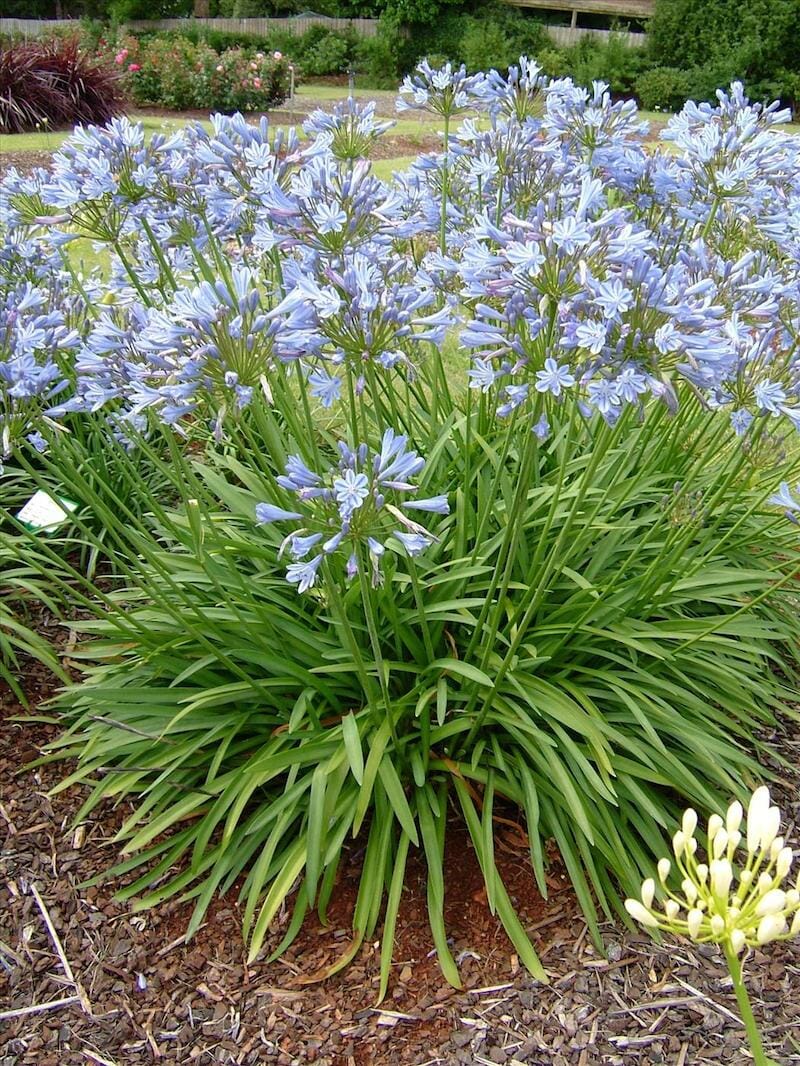Understanding the Art of Agapanthus Care: Crucial Steps for Healthy And Balanced Growth and Vibrant Blooms
In the world of horticulture, the cultivation of agapanthus stands as a fulfilling undertaking for those who look for to support these sophisticated flowering plants. From picking the ideal range to mastering trimming methods, the journey towards cultivating thriving agapanthus plants is multifaceted and holds the essential to opening the full potential of these botanical gems.

Choosing the Right Agapanthus Range

When picking the right Agapanthus range for your garden, take into consideration factors such as environment viability, bloom shade, and development behavior. Agapanthus, commonly recognized as Lily of the Nile or African lily, comes in a variety of shades varying from tones of blue and purple to white. Pick a flower color that matches your existing yard palette to create an unified landscape. Additionally, consider the environment in your area to make sure the Agapanthus range you pick can flourish in your certain conditions. Some varieties are more forgiving of chilly temperatures, while others prefer warmer environments. Comprehending the development practice of different Agapanthus ranges is important for appropriate placement within your yard. Some selections have a clumping development practice, perfect for boundaries or containers, while others have a more dispersing nature, suitable for ground cover or mass growings. By carefully reviewing these aspects, you can select the best Agapanthus variety to boost the appeal of your garden.
Perfect Growing Problems
Taking into consideration the optimum ecological needs is necessary for effective Agapanthus farming. Agapanthus plants are delicate to chilly temperatures and must be shielded from frost throughout winter season months.
To ensure healthy and balanced development and dynamic flowers, plant Agapanthus light bulbs at a depth of about 2-4 inches and space them 8-12 inches apart. Mulching around the base of the plants assists maintain moisture and subdues weed growth.
Watering and Fertilizing Tips
Keeping proper wetness degrees and providing essential nutrients are essential aspects in the care regimen for Agapanthus plants. When it comes to sprinkling Agapanthus, it is crucial to strike a balance. These plants like continually wet soil however are susceptible to root rot if overwatered.
Feeding see here now Agapanthus is crucial for advertising healthy development and respected blooms. Apply a balanced fertilizer, such as a 10-10-10 formula, in the early springtime as new growth emerges. Repeat this application every 6-8 weeks throughout the expanding season. Stay clear of excessive fertilization, as it can result in rich foliage at the expense of flowers. Always adhere to the manufacturer's directions for appropriate dilution and application approaches. By adhering to these watering these details and feeding suggestions, you can ensure your Agapanthus plants flourish and generate vivid, durable blooms.
Trimming Techniques for Agapanthus
Pruning Agapanthus plants at the ideal times and with proper methods is essential for maintaining their wellness and advertising optimal growth and flowering. The suitable time to prune Agapanthus is in late winter season or early springtime before new growth arises.
Deadheading invested flowers can additionally redirect the plant's power right into generating more flowers instead than establishing seeds. If you want to collect seeds for proliferation, leave some blossoms to mature and completely dry on the plant.
Bear in mind to use tidy, sharp tools to make precise cuts and lower the danger of introducing illness. Agapanthus. Normal pruning will certainly help maintain your Agapanthus looking neat and healthy while making certain a bountiful display of lovely blossoms
Dealing With Typical Insects and Conditions
After making sure appropriate pruning techniques for Agapanthus, it is vital to deal with common pests and illness that can affect the health and wellness and vitality of these plants. One common insect that affects Agapanthus is the Agapanthus gall midget.
Furthermore, Agapanthus plants can suffer from origin rot if they are planted in improperly draining pipes soil. By being watchful and taking timely action versus diseases and bugs, you can assist your Agapanthus plants prosper and produce vivid blossoms. Agapanthus.

Final Thought
Finally, grasping the art of agapanthus treatment entails selecting the best selection, offering optimal planting conditions, correct watering and feeding, suitable pruning strategies, and resolving usual insects and illness. By adhering to these important steps, you can make sure healthy and balanced development and lively blossoms for your agapanthus plants. click here to read Bear in mind to regularly keep track of and maintain your plants to promote their overall health and long life.
To make sure healthy and balanced growth and vibrant flowers, plant Agapanthus light bulbs at a deepness of about 2-4 inches and space them 8-12 inches apart. By complying with these watering and fertilizing pointers, you can ensure your Agapanthus plants prosper and create vivid, long-lasting flowers.
One usual pest that influences Agapanthus is the Agapanthus gall midget. Furthermore, Agapanthus plants can suffer from origin rot if they are planted in poorly draining pipes dirt. By following these important steps, you can ensure healthy and balanced growth and lively blooms for your agapanthus plants.